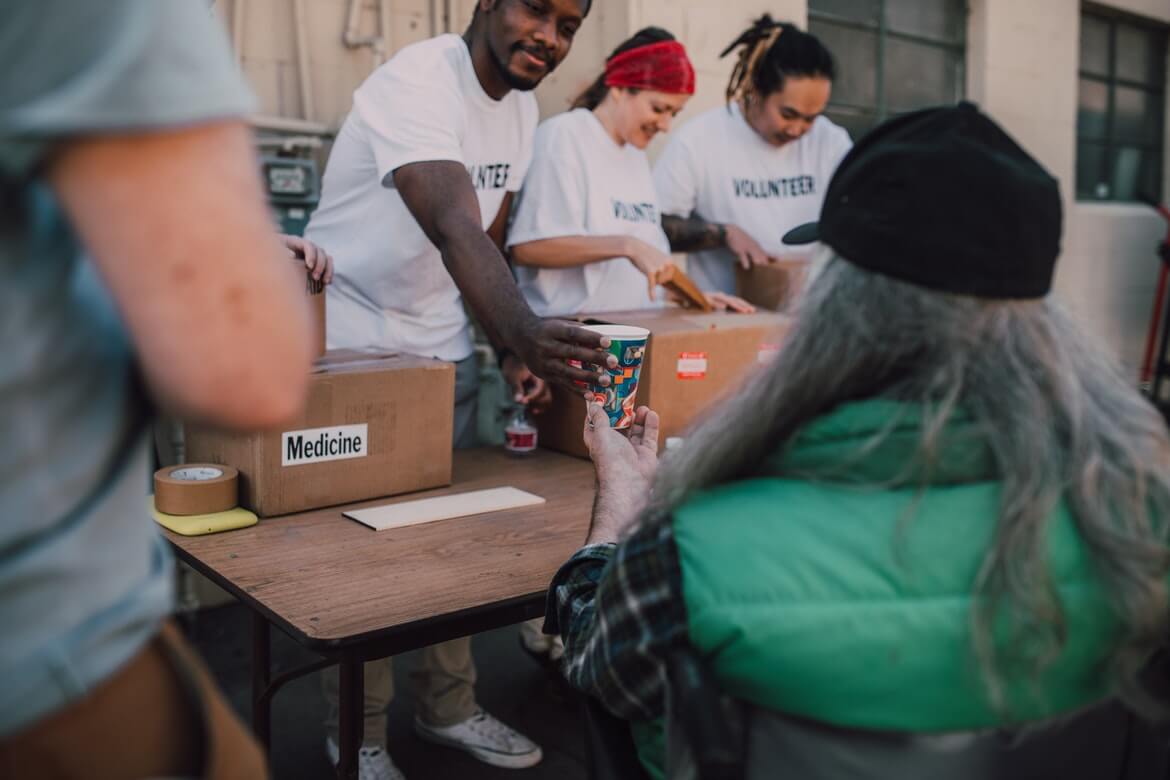Winter is coming and along with it, dropping temperatures. On the island of Lesvos, Greece, the town of Mytilini is getting ready for Christmas. Christmas light on houses, Santa Claus’ decorations: the whole town is dressing up for it.
Less than 15 minutes from the city centre of Mitilini, in Moria camp 2.0, it is another story. The residents of the new European hotspot prepare for winter in the midst of a pandemic with thousands living in tents unfit for winter.
Build by the sea, the new camp’s infrastructures are no better than the old one. No proper sanitary conditions, no proper toilets. People are showering inside of tents converted into showers, using buckets of cold water, hot if they have kettles to boil it, with lockdown restrictions.
“We can’t shower properly, it’s cold, and if you don’t have a kettle you can’t have any hot water. There are some NGOs trying to build some showers inside the camp, but they are only a few, maybe 4, and they are far from us” says Elvi a single woman from Congo RDC living in the camp. “And we can’t even go out .”
Inside the new camp, single women, single men, families, and nationalities are separated. Elvi’s tent is near the entrance, the showers she talks about are at the other side of the camp. Inside her tent, 8 single women are sleeping on thin mats, sharing 1 electrical cooking pot to prepare warm meals. Most of the women in her tent have been waiting in the camp for months, all waiting for the results of their interviews. Women represent 23% of refugee and asylum seekers population. And there is a lack of protection to vulnerable ones.
“During the very first weeks, people would take showers inside the Aegean sea,” explains Joel, “in the salty water. People would get all sort of infections, everybody inside was getting sick, the women would also showers in the sea with their children, not safe”
The new camp, like the old one, is part of European migration policy, making it a necessary step for people arriving from Turkey to Greece via this route to wait in the camp until their asylum is granted. Then, they will be allowed movement to the mainland. Out of the 9,319 refugees and asylum seekers residing on Lesvos, 7,330 live in the camp, as of November 9th. (source, UNHCR)
When the old Moria camp burned down back in September Europe’s solution was to quickly build a temporary new one in 11 days to accommodate what was back then 12000 people. Until today, the camp is still under constructions to make the conditions better.
“We have nothing but light blankets,” says Paul “but we have to manage with that, after all, we have no choice. A couple of thin blankets and some sleeping bags on top of mats. This is how we sleep” says Paul a single man from Congo.
Inside the wall of the tents, many of the new Moria’s camp residents added layers to protect themselves against the cold. It’s not enough but it will have to do for now.
“They gave us some blankets but it’s not enough” says Ahmed from Togo “We are still very cold at night”
Ahmed is the president of the Togolose community, which is one of the smallest community of the camp. Their community is made of 15 men, all single. On their arrival on the island, all of them went to prison, not for committing a crime but for coming from Togo which according to the greek authorities is deemed a ‘safe zone’ meaning people from there have no solid reason to ask for asylum in Greece. Most of them have had initial rejections, meaning they have been cut of monthly financial support and often have to rely on the food distribution to eat.
“The food they give us in the camp is not enough and not good, we always have to recook it for it to be edible,” says Ahmed “we the Togolese community we have it hard, we are in minority and all single men.”
Inside the camp, organisations are trying to distribute blankets and winter jackets to help survive the winter and dropping temperature. But it is not enough. Most of them lost all of their clothes in the fire back in early September.
To distribute some winter clothes we received as donations, I met with people from the camp. With the new lockdown restrictions, going out is not easy. The system put in place to reduce movement by fear of COVID allows people in the camp to go out a maximum of 2 times per week.
Many came to meet me wearing thongs and flip flops with socks. And it’s not with their monthly financial support (75 euro for single people) that will allow them to buy pairs of shoes.
Read Full article here – https://rb.gy/mny5ks






